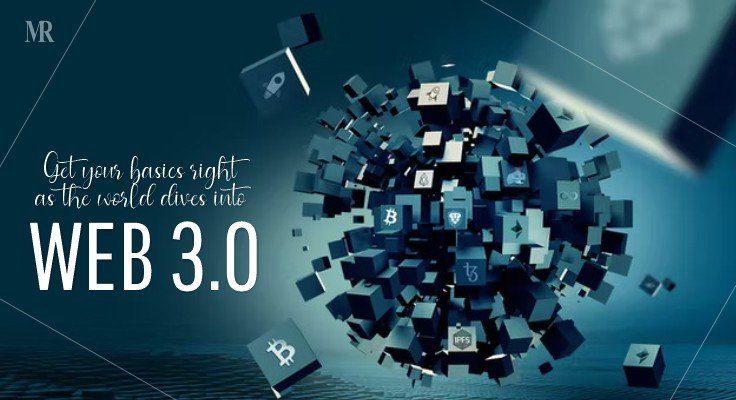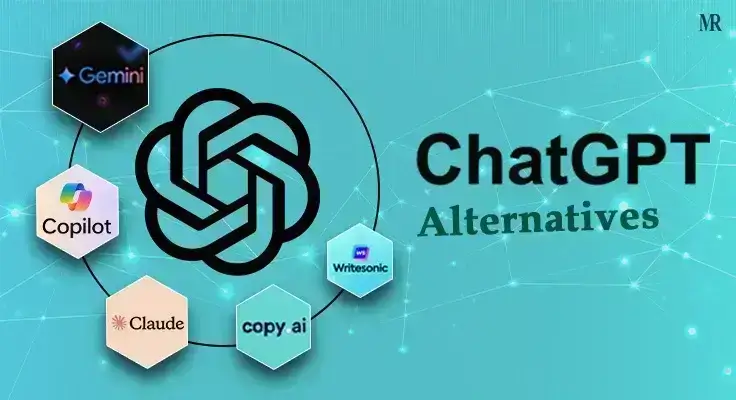With each passing day, Web 3.0 is closer to becoming a reality. Deemed as the next generation of the internet, it has potential to be as disruptive and evolutionary as Web 2.0. It will lead to universal applications that a variety of devices and software types can read and use. This makes our business and recreational activities easier.
Before diving deeper into what is web 3.0, let’s start with some basic principles on which it is based.
The Rudiments of Web 3.0
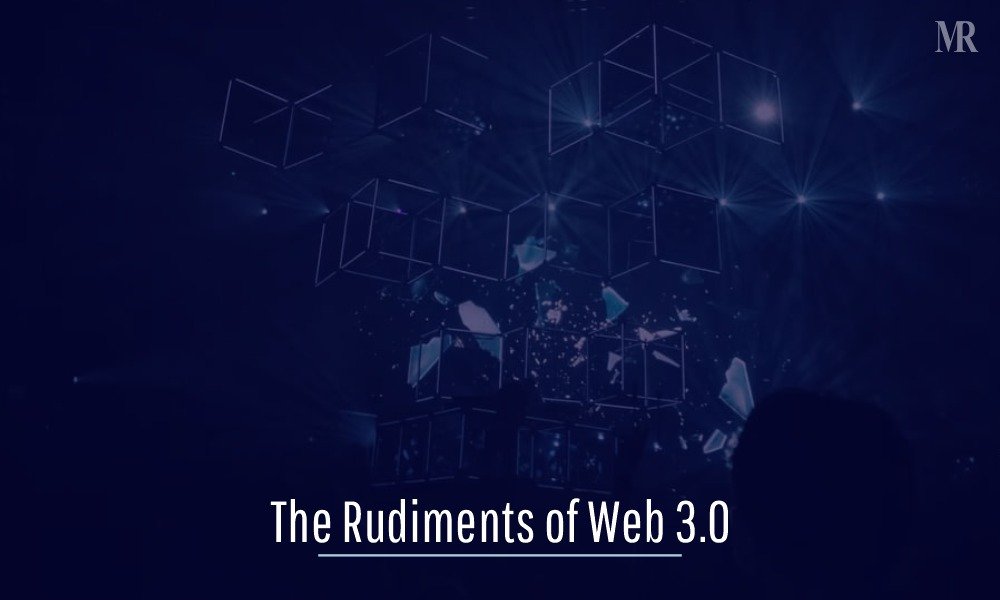
The key concepts of Web 3.0 include decentralization and Bottom-up design. Berners-Lee spearheaded the early development of the internet and created the first website editor/browser (WorldWideWeb.app) in the 1990s. He defines the core concepts of the next generation of the internet.
- Decentralization:
“No approval from a central authority is required to post anything on the web. There is no central controlling node, and hence no single point of failure. This also entails freedom from censorship and surveillance on an ad hoc basis.”
- Bottom-up design:
“Instead of being produced and controlled by a small group of professionals, the code is written and controlled in full view of everyone. This enables maximum participation and experimentation.”
What distinguishes Web 3.0 from Web 2.0 and Web 1.0?
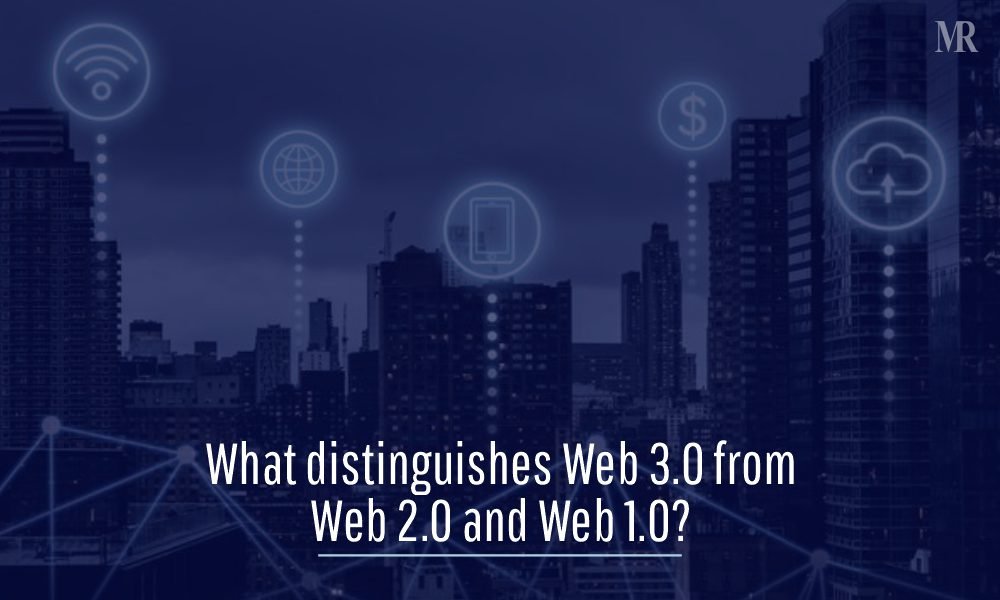
Web 1.0, as we know, was a read-only version of the internet in which users could only read the information on websites. They could read and produce material (text, image, or video) on web portals and mobile apps on Web 2.0.
However, the Web 3.0 version will be far more advanced than the previous two internet versions. Besides reading and writing, users will interact with the real world in a virtual iteration on this updated version. It will have 3D visuals, commerce, virtual reality devices, and more.
Web 3.0’s Defining Characteristics
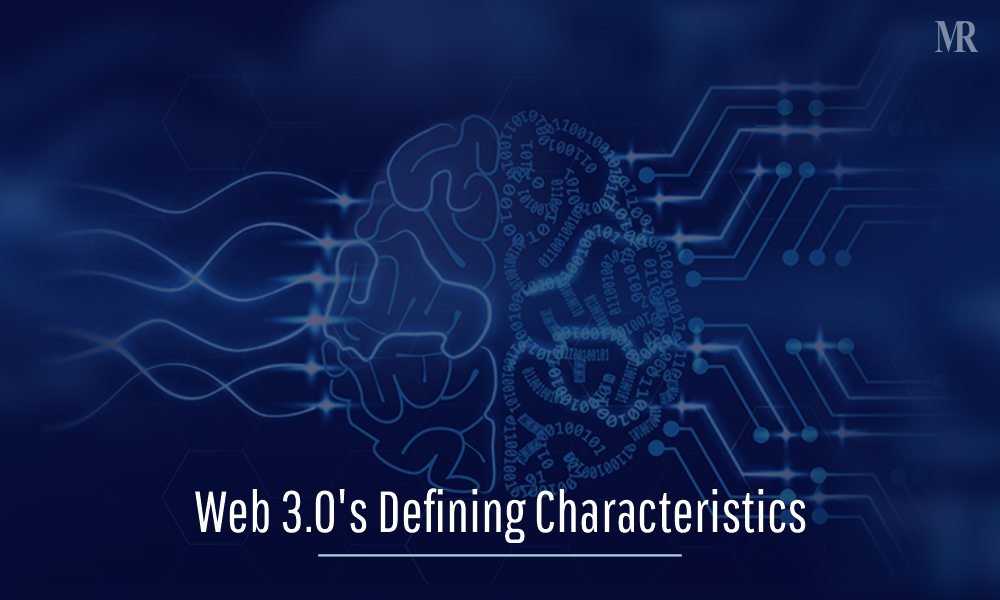
The transition from between the generations of the internet is taking place gradually and subconsciously. The applications of the updated version look and feel the same as Web 2.0 applications, but the backend is radically different. Though no formal definition of Web 3.0 exists yet, it has a few defining characteristics:
- Decentralization
The next generation of the internet enables information to be retrieved depending on its content. The information can be stored in multiple locations, making it decentralized. This would deconstruct the vast databases, giving people more power. Users will sell data created by a variety of disparate and more powerful computer resources. These resources include mobile phones, workstations, appliances, automobiles, and sensors across decentralized data networks, keeping ownership control.
- Skeptical and Permissionless:
Web 3.0 will be skeptical, allowing participants to engage directly with no trusted intermediary. It will also be permissionless, allowing anybody to take part with no permission from a governing body. As a result, the applications will run on blockchains, decentralized peer-to-peer networks, or a combination of both, and will be referred to as dApps (decentralized apps).
- Machine Learning and Artificial Intelligence (AI):
Through technologies based on Semantic Web ideas and natural language processing, machines will understand the information in the same way people do on Web 3.0. These capabilities will allow computers to deliver faster and more relevant results in a variety of sectors. The sectors include medicine research and novel materials, as opposed to the current focus on targeted advertising.
- Ubiquity and Connectivity:
Information and content are more connected and ubiquitous with Web 3.0, which can be accessed by multiple applications and a growing number of everyday devices connected to the internet, such as the Internet of Things.
How are Web 3.0 and Crypto related?
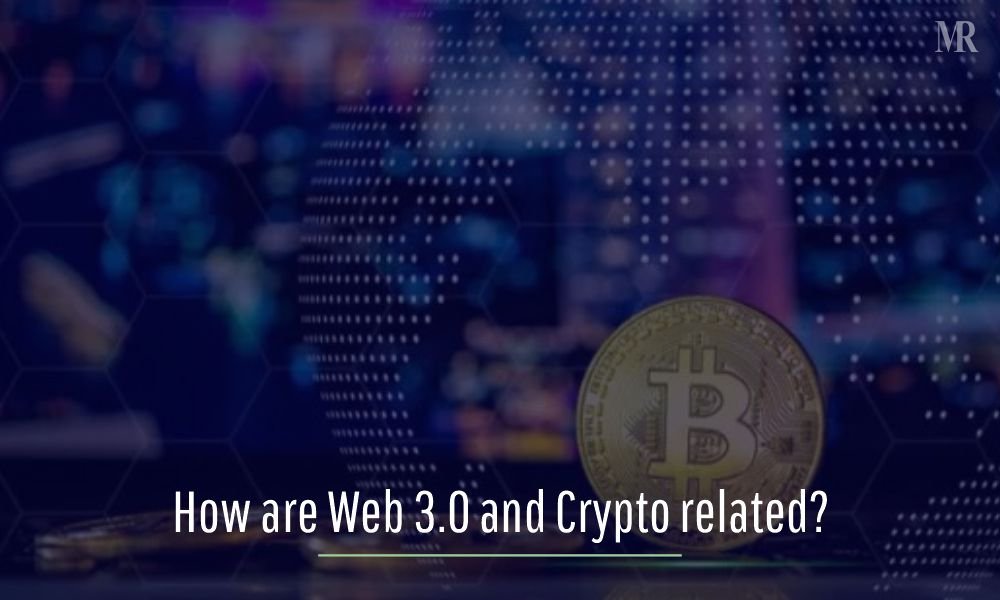
Many of the protocols of Web 3.0 rely heavily on Cryptocurrency, thus it is commonly addressed in relation to Web 3.0. Cryptocurrency provides a monetary incentive (tokens) to everyone who wishes to assist in the creation, administration, contribution, or improvement of a single project. Web 3.0 tokens are digital assets. These assets aim to establish a decentralized Internet.
Web 3.0 protocols, relying on cryptocurrency could provide services like compute, bandwidth, storage, identity, hosting, and other internet services that cloud companies used to provide. Moreover, Web 3.0 will comprise Nonfungible tokens (NFTs), digital currencies, and other blockchain entities.
Areas of Concern
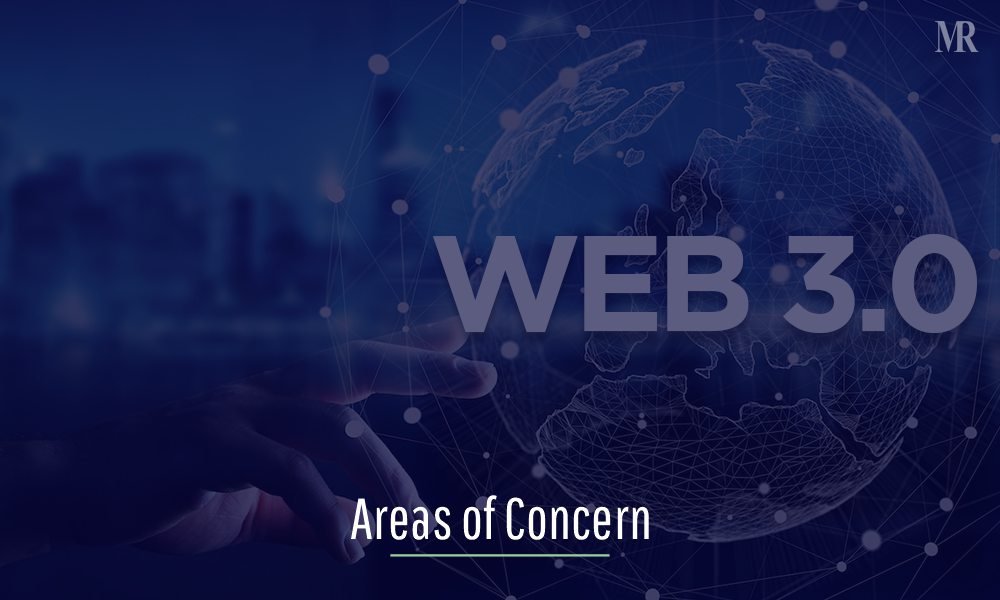
The next generation of the internet can give a significant boost to users, extending far beyond the social media, streaming and online retail applications that make up most Web 2.0 applications. Its fundamental competencies such as Semantic Web, AI, and machine learning can expand applications in new domains and enhance interactivity. However, every advancement has its own disadvantages and Web 3.0 also has a few areas of concern.
- It will be inaccessible on older devices and will necessitate newer CPUs. Older devices will be incompatible with it. As a result, high-end devices are required to use the future version of the internet.
- It may be more difficult to govern and regulate because of decentralization. This could cause an uptick in cybercrime and online abuse.
- It is bound to change the world and most of its functionality. As most of the things will be done on Web 3.0, more time will be spent on the internet than in reality.
- Incumbent companies will have to improve their digital offerings to avoid losing market share as its apps and websites become more popular.
- It is a vast and interconnected network. Although this is one of its benefits, the neural network also makes it easy for anybody to access the public and private information you supply online, compromising your privacy.
The Future of the Internet and Many Lives
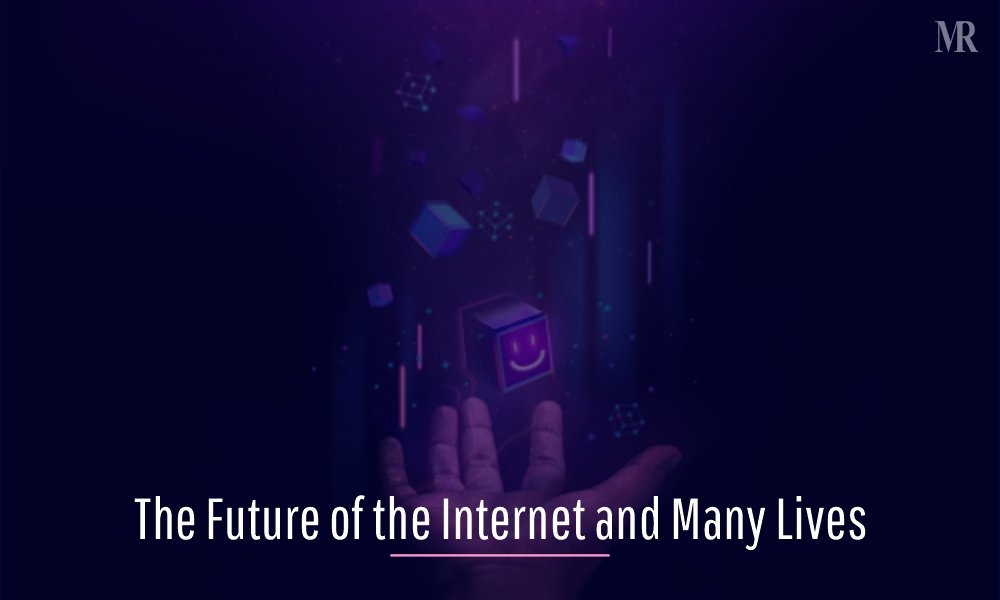
Web 3.0 is the internet’s future and is functioning in places like social media platforms, virtual assistants, wearables, messaging, and more. One thing is certain: the internet will become more dynamic and entertaining in the future. It is likely that most occupations and people’s lives will revolve around Web 3.0, not just because it will make you wealthy, but also because it has the potential to take civilization forward.

